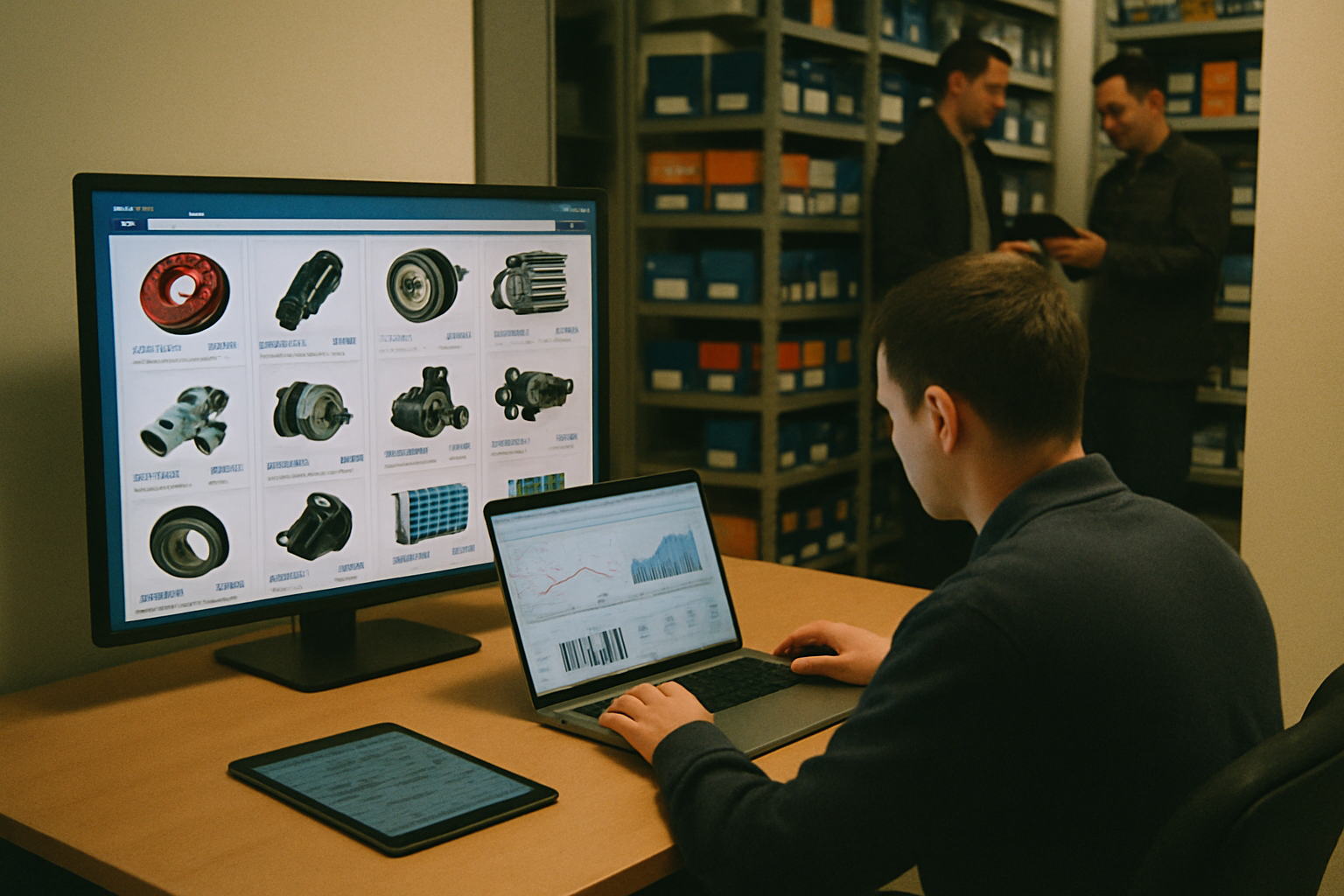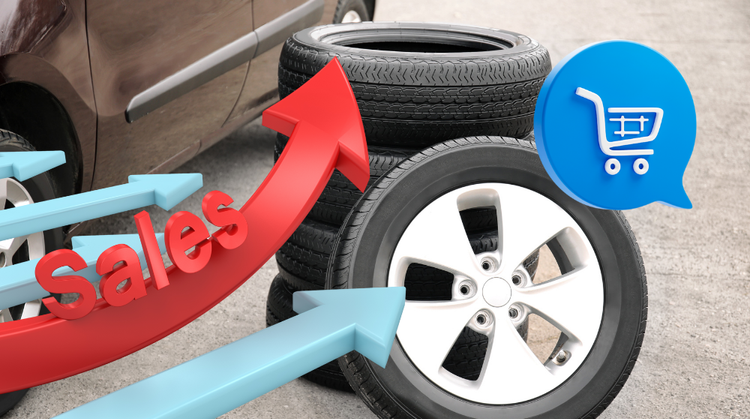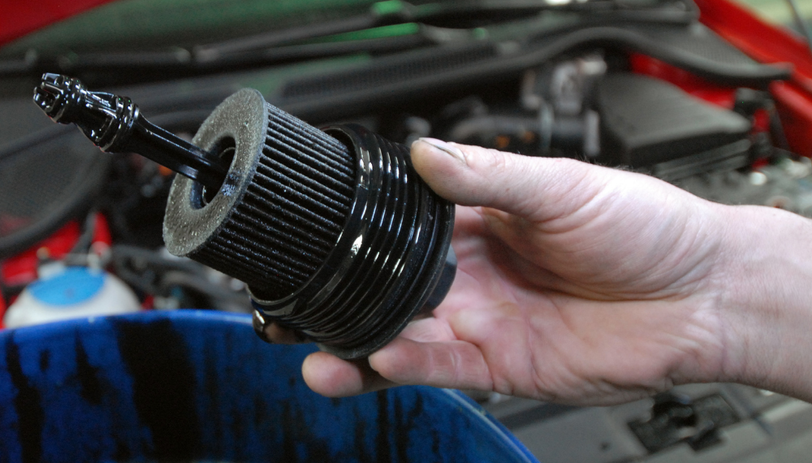The way automotive parts are sold has changed—and fast. According to YouGov, 55.1% of Brazilians already prefer to buy online rather than go to a physical store. This includes filters, spark plugs, windshields, and increasingly, tires. Even with an 8.2% drop in tire sales in 2023, the shift to digital has not slowed. On the contrary: buyers want speed, updated prices, and available stock with just a few clicks.
The combination of an aging fleet, more informed consumers, and the advance of e-commerce is pushing manufacturers, distributors, and stores to rethink how they offer their products. Today, selling parts online is no longer a differentiator—it’s the minimum requirement to compete.
Digitalization gains strength despite sector sales decline
In 2023, total tire sales in Brazil fell 8.2% compared to the previous year, according to ANIP. Nevertheless, sales through digital channels continue to expand. This is because, despite the contraction among automakers and large buyers, the replacement market remains active, driven by the aging fleet and end consumers seeking convenience.
With more older vehicles on the road, demand for replacement parts rises—and those who know how to position themselves digitally get ahead. Online sales have become not just an alternative but a strategic channel to reach new audiences, deliver quickly, and keep operations competitive.
What changes in practice for those selling parts and tires?
Digitalization doesn’t just mean “having a website.” It’s an operational shift: updating prices and inventories in real time, integrating sales channels, avoiding stockouts, and ensuring a consistent customer experience—whether for a mechanic, neighborhood retailer, or independent driver.
Companies investing in technology can:
• Reduce manual errors and rework by keeping data synchronized
• Serve different types of customers quickly, adapting prices and terms based on purchase profiles
• Expand geographic reach by selling to previously unreachable regions
• Improve inventory turnover by tracking demand more precisely
Logistics, pricing, and inventory management: the big challenges of e-commerce
Not everything is easy. Selling tires and parts online requires logistical planning, careful inventory management, and close attention to pricing strategy. Tires, for example, need more space and robust transportation. Smaller items like filters and cables require efficient organization to ensure quick delivery.
Moreover, the sector is highly competitive. Those who do not frequently update prices may miss opportunities but cannot sacrifice profit margins.
Therefore, automating processes, monitoring indicators, and seeking solutions that integrate inventory and sales becomes essential to scale and ensure business sustainability.
Automotive aftermarket digitalization is not a passing trend. It is a concrete response to new market demands—and especially to a new consumer profile that wants to decide where, when, and how to buy. Adapting to this scenario means more than keeping up with competition: it means staying relevant.












